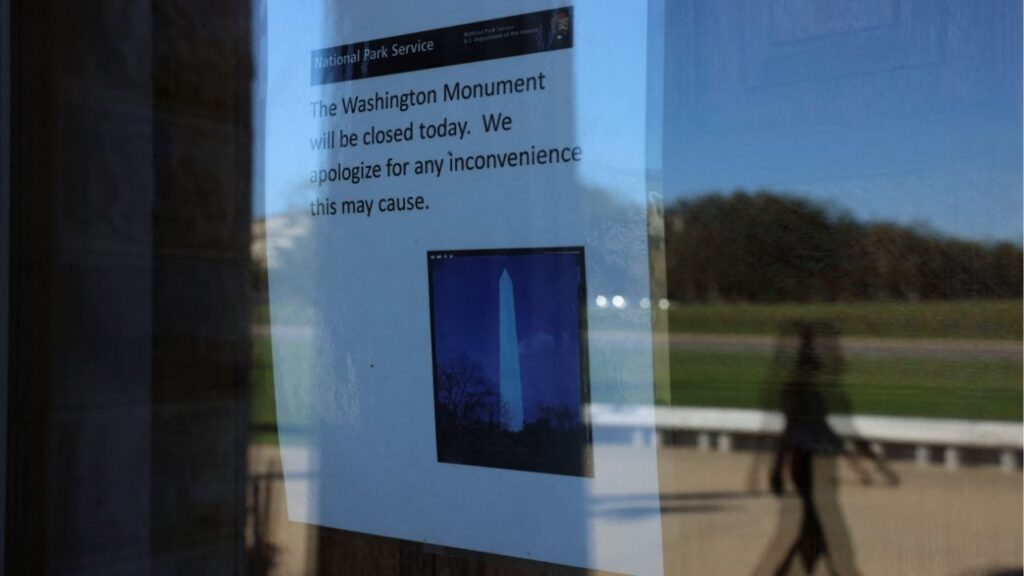Sorry, Jared, This Time It’s Not the Palestinians Who Have 'Screwed Up,' It’s You
Share
[aggregation-styles]
Haaretz
It is a special occasion when a peace plan commissioned by an American president to resolve the Israeli-Arab conflict is launched. But true to President Donald Trump’s record, his peace plan may have disrupted norms – but despite the fanfare, it is far from a real opportunity.
In the long history of the conflict, only three peace plans have been identified with a U.S. president: The Reagan Plan (1982), the Clinton Parameters (2000), and the “Roadmap” – identified with Bush but did not bear his name (2003). In other cases, American peace plans or initiatives were identified with secretaries of state in order to not embarrass the president in case they failed. This was the case with the Rogers Plan in 1969, the Shultz Initiative in 1988, and the Kerry Initiative in 2013-14.
The release of a peace plan should be outstanding opportunity to advance a resolution. Its release, in general, follows dramatic events, such as wars, revolutions and regime change.
It was no surprise that the Rogers Plan was released after the 1967 War; Kissinger began his step by step diplomacy following the Yom Kippur War that led to the disengagement agreements between Israel and Syria in 1974-75; Reagan presented his plan after the Lebanon War; Shultz presented his initiative after the outbreak of the First Palestinian Intifada in 1987; the Madrid Conference convened in 1991 following the Gulf War and the dissolution of the Soviet Union; and Bush released the “Roadmap” during the Second Palestinian Intifada that broke out in 2000.
Read More →
Haaretz
It is a special occasion when a peace plan commissioned by an American president to resolve the Israeli-Arab conflict is launched. But true to President Donald Trump’s record, his peace plan may have disrupted norms – but despite the fanfare, it is far from a real opportunity.
In the long history of the conflict, only three peace plans have been identified with a U.S. president: The Reagan Plan (1982), the Clinton Parameters (2000), and the “Roadmap” – identified with Bush but did not bear his name (2003). In other cases, American peace plans or initiatives were identified with secretaries of state in order to not embarrass the president in case they failed. This was the case with the Rogers Plan in 1969, the Shultz Initiative in 1988, and the Kerry Initiative in 2013-14.
The release of a peace plan should be outstanding opportunity to advance a resolution. Its release, in general, follows dramatic events, such as wars, revolutions and regime change.
It was no surprise that the Rogers Plan was released after the 1967 War; Kissinger began his step by step diplomacy following the Yom Kippur War that led to the disengagement agreements between Israel and Syria in 1974-75; Reagan presented his plan after the Lebanon War; Shultz presented his initiative after the outbreak of the First Palestinian Intifada in 1987; the Madrid Conference convened in 1991 following the Gulf War and the dissolution of the Soviet Union; and Bush released the “Roadmap” during the Second Palestinian Intifada that broke out in 2000.
Read More →
By Elie Podeh | 29 Jan 2020
RELATED TOPICS:
Categories
Latest
Videos


















